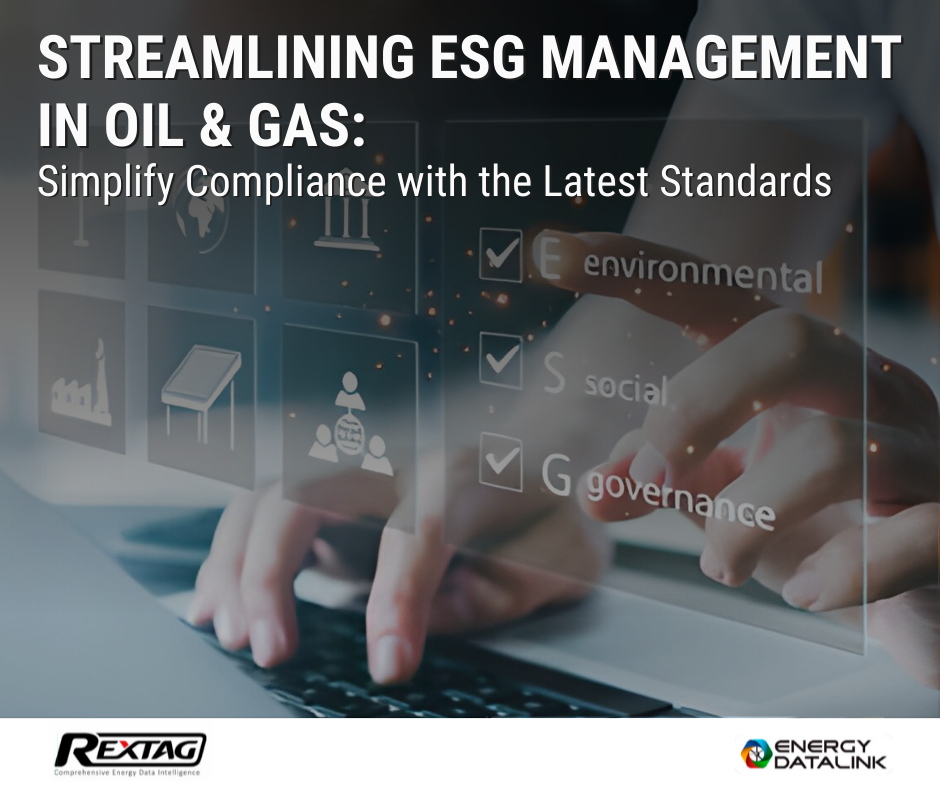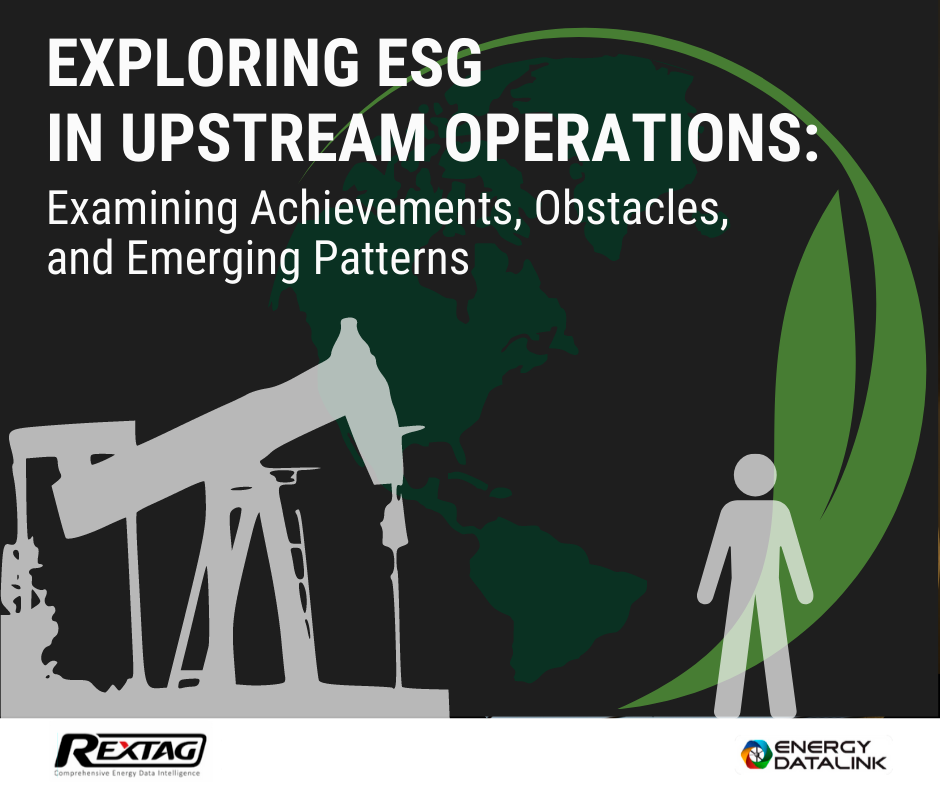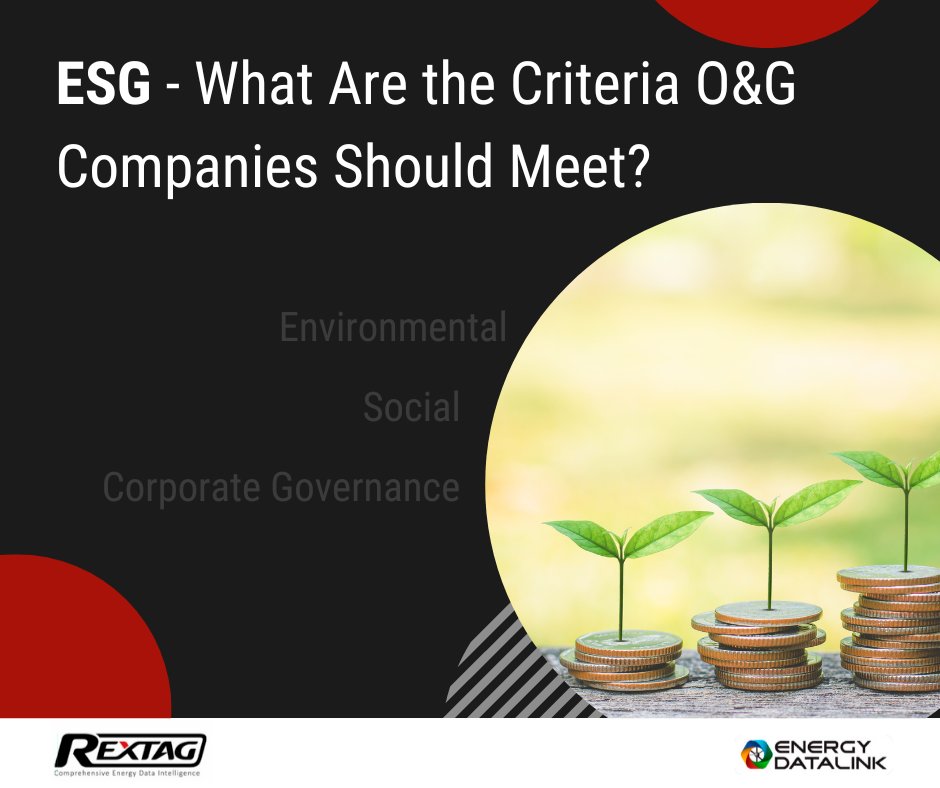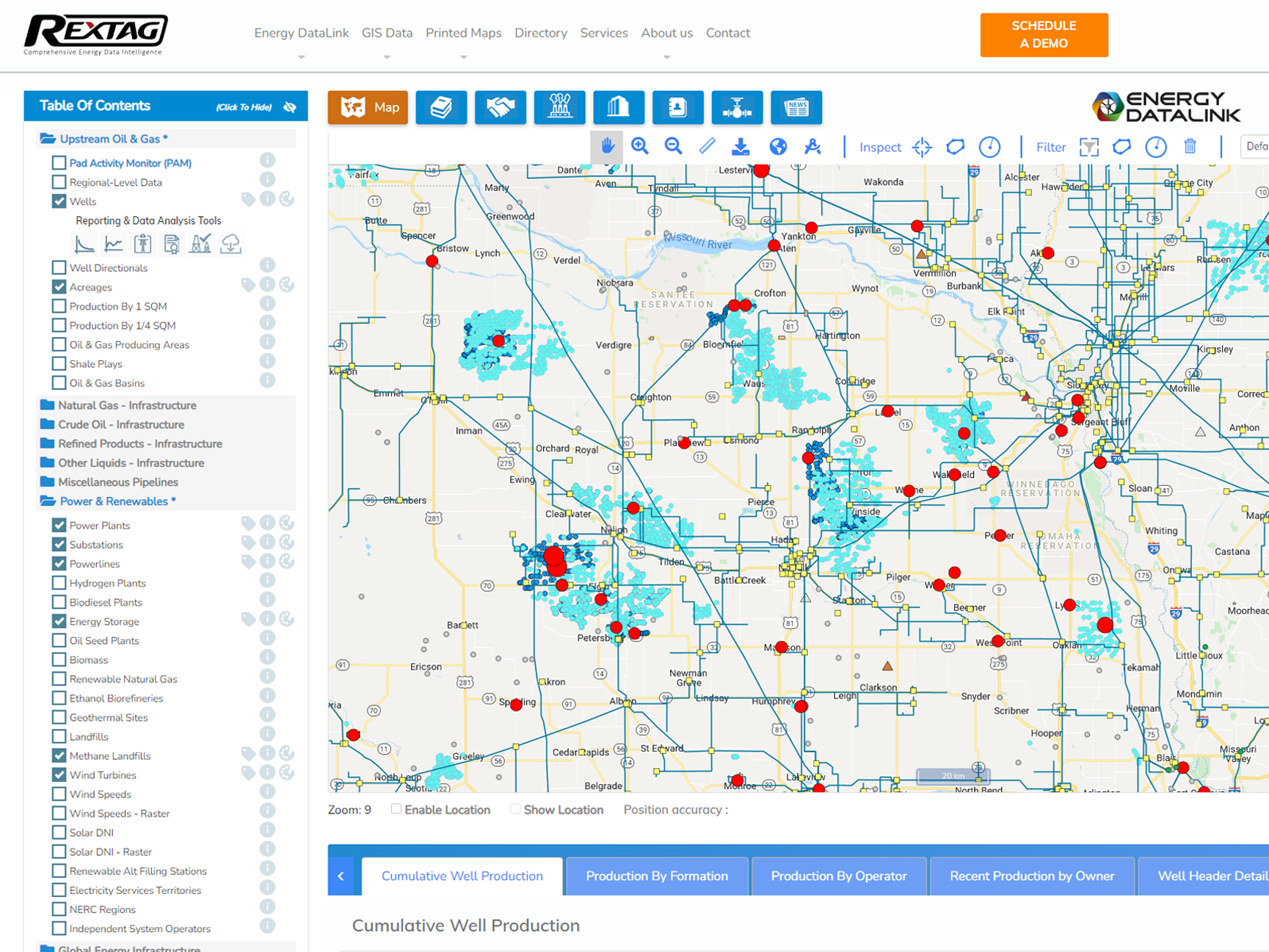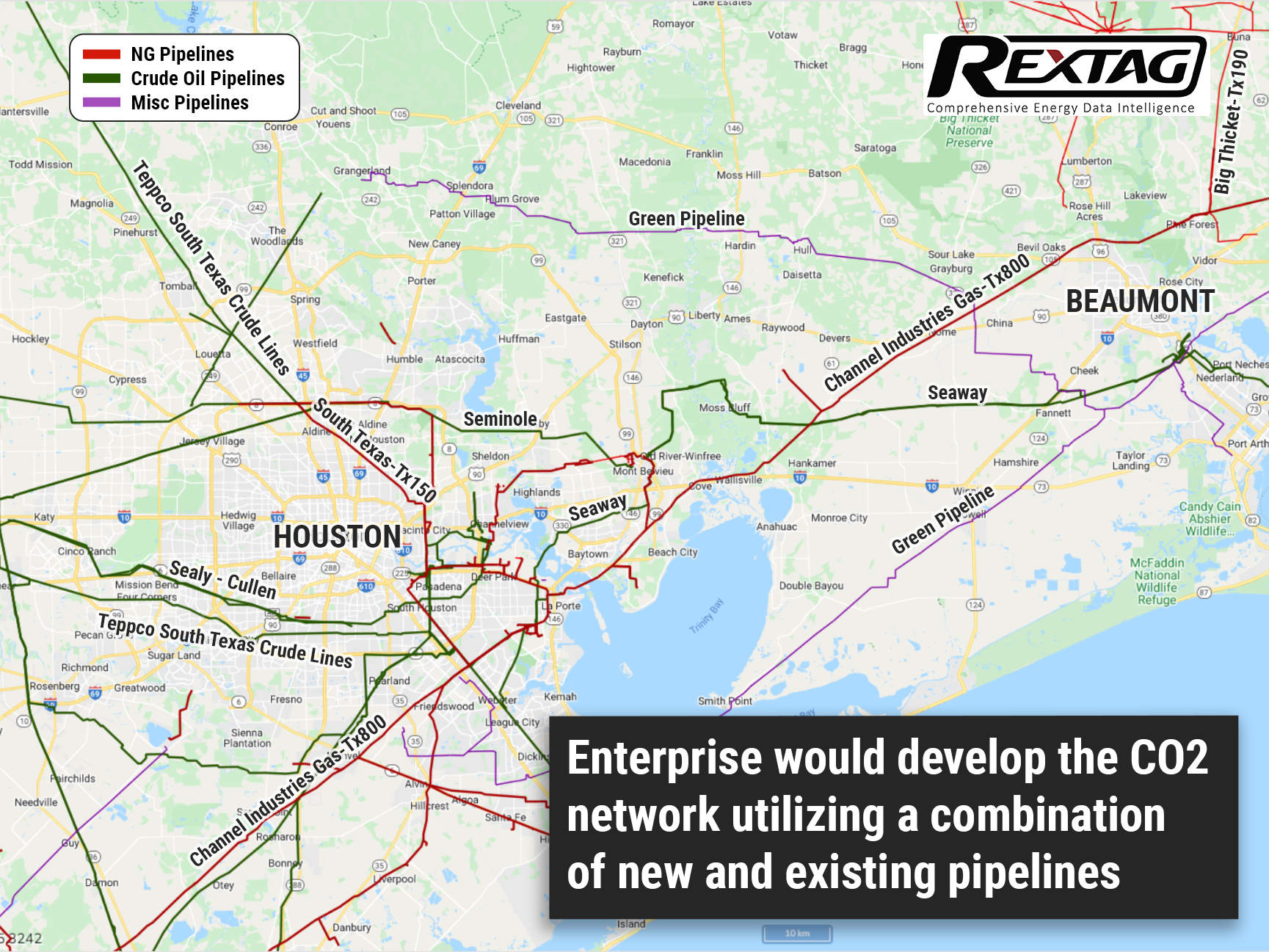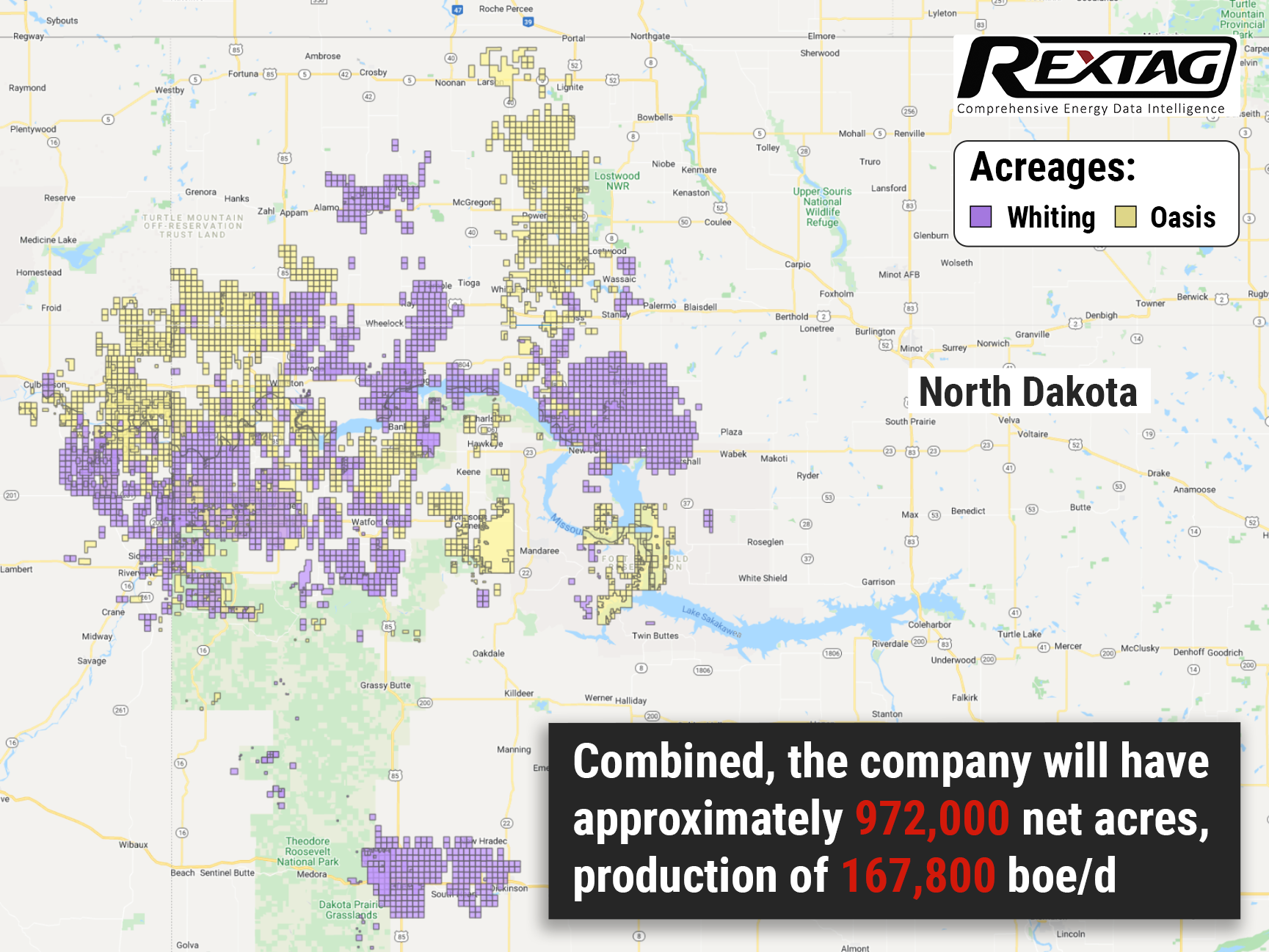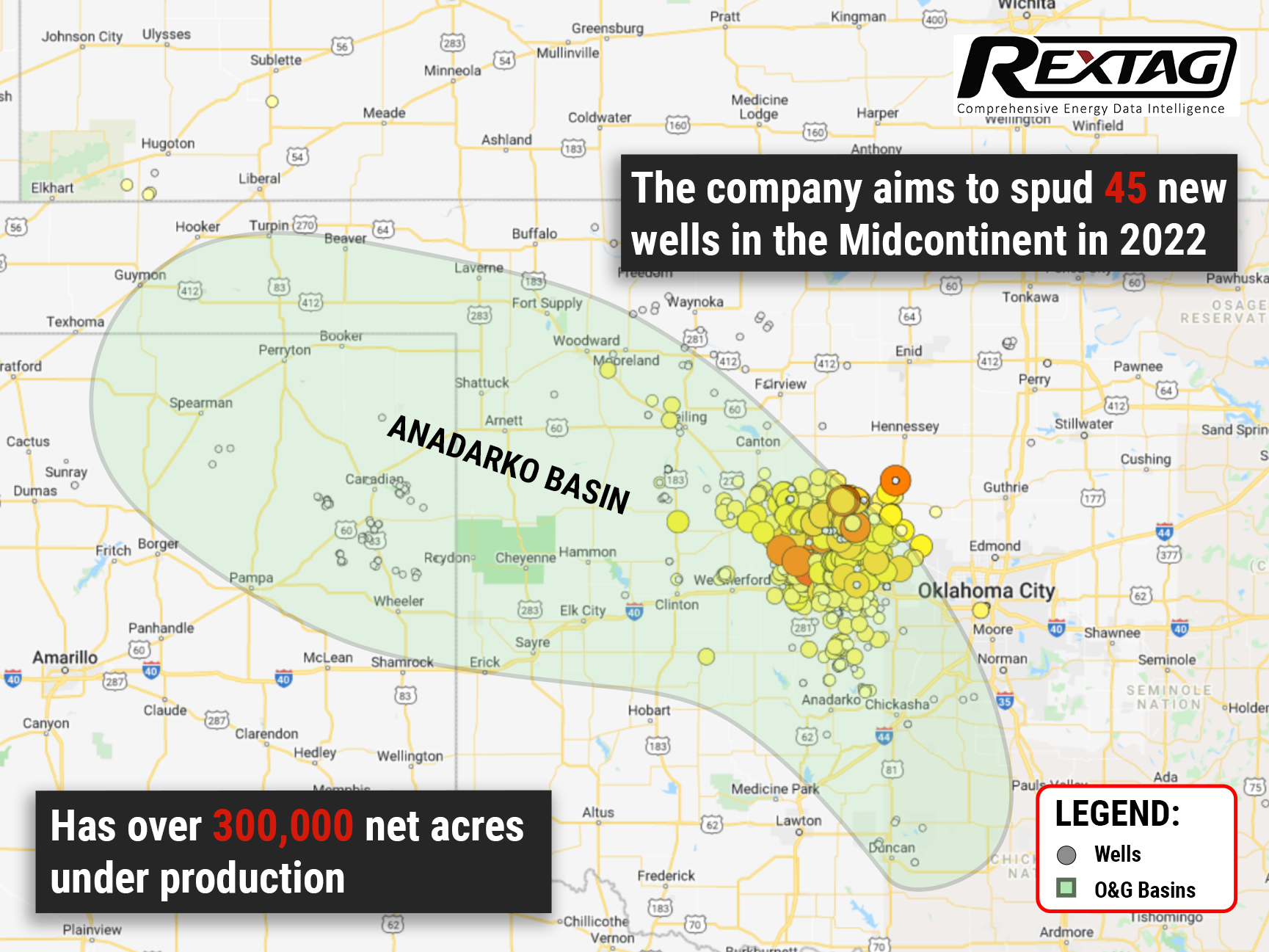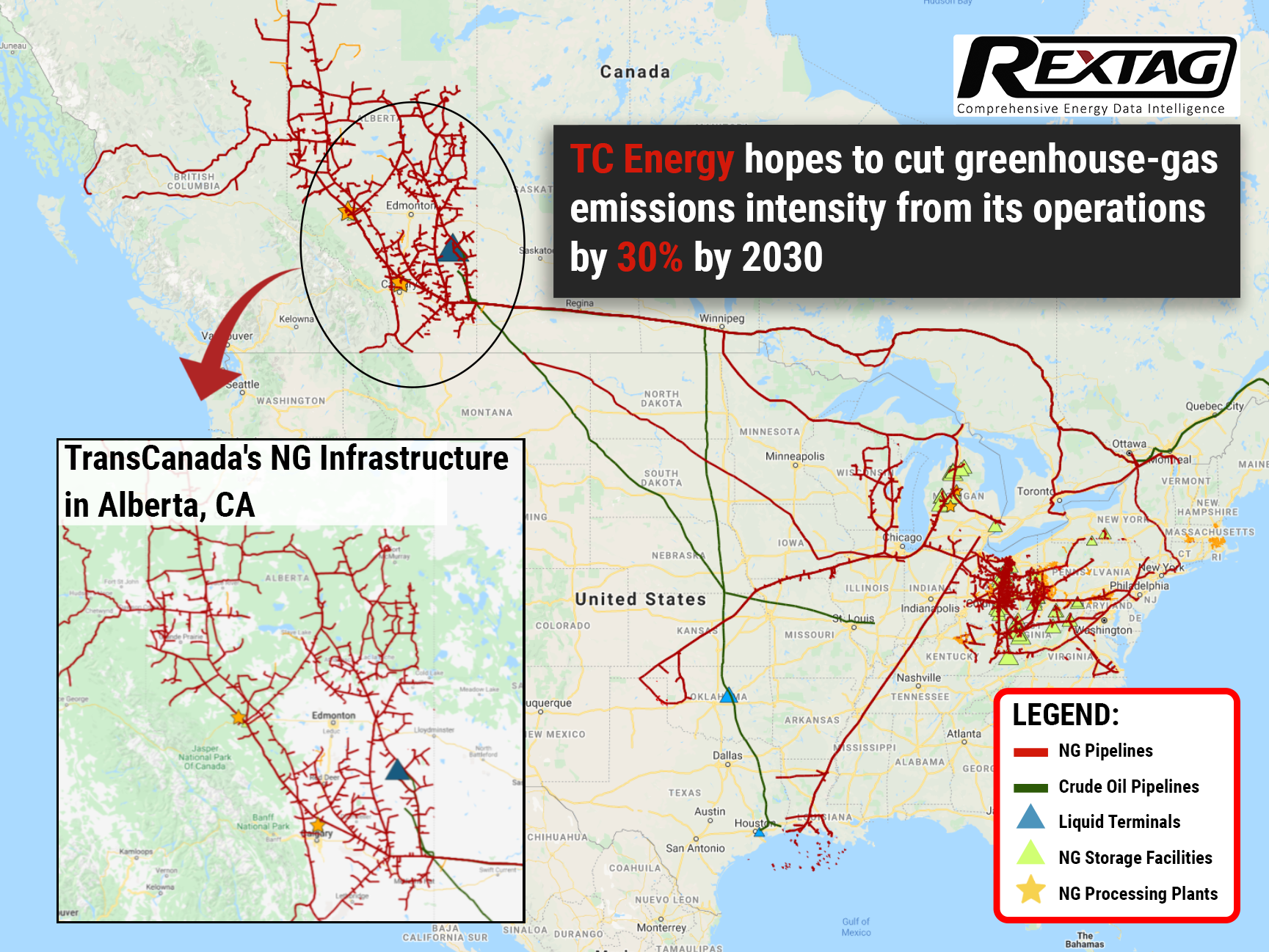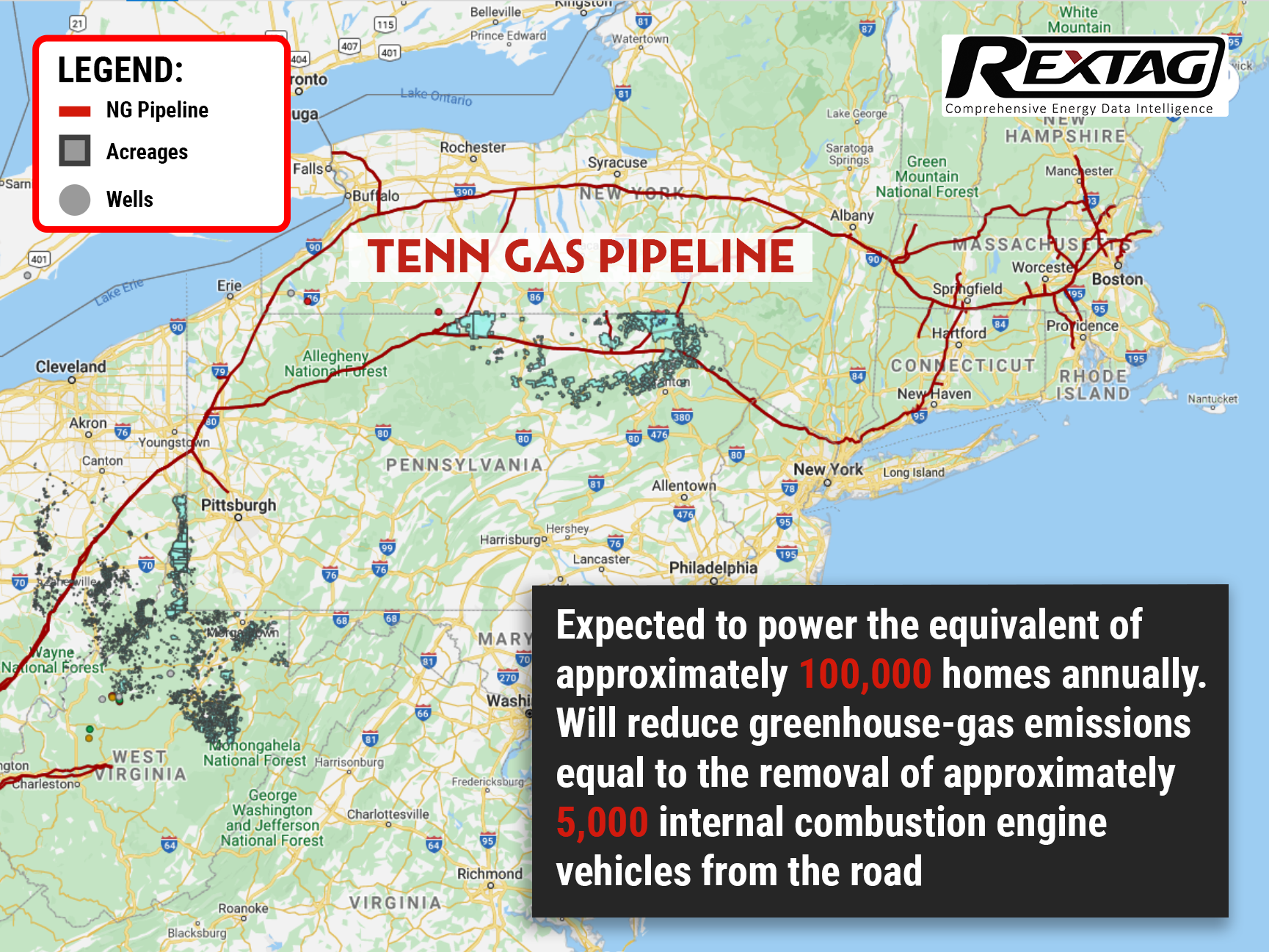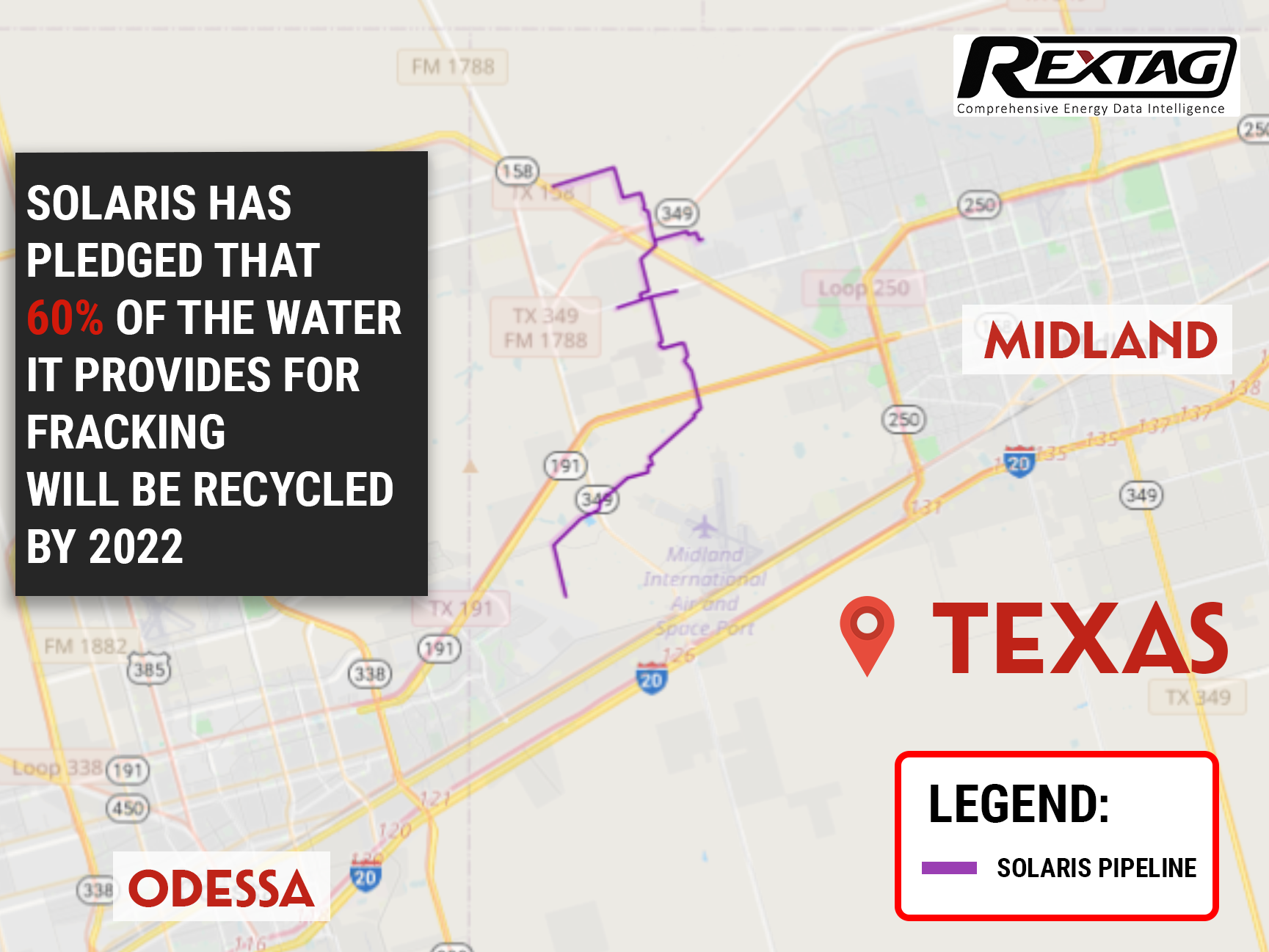Blog
Since days when shale oil and gas technologies were discovered, the U.S. energy industry has been evolving more rapidly than ever before. Many changes are amazing especially when you put them on an industry map. At Rextag not only do we keep you aware of major projects such as pipelines or LNG terminals placed in service. Even less significant news are still important to us, be it new wells drilled or processing plants put to regular maintenance.
Daily improvements often come unnoticed but you can still follow these together with us. Our main input is to “clip it” to the related map: map of crude oil refineries or that of natural gas compressor stations. Where do you get and follow your important industry news? Maybe you are subscribed to your favorite social media feeds or industry journals. Whatever your choice is, you are looking for the story. What happened? Who made it happen? WHY does this matter? (Remember, it is all about ‘What’s in It For Me’ (WIIFM) principle).
How Rextag blog helps? Here we are concerned with looking at things both CLOSELY and FROM A DISTANCE.
"Looking closely" means reflecting where exactly the object is located.
"From a distance" means helping you see a broader picture.
New power plant added in North-East? See exactly what kind of transmission lines approach it and where do they go. Are there other power plants around? GIS data do not come as a mere dot on a map. We collect so many additional data attributes: operator and owner records, physical parameters and production data. Sometimes you will be lucky to grab some specific area maps we share on our blog. Often, there is data behind it as well. Who are top midstream operators in Permian this year? What mileage falls to the share or Kinder Morgan in the San-Juan basin? Do you know? Do you want to know?
All right, then let us see WHERE things happen. Read this blog, capture the energy infrastructure mapped and stay aware with Rextag data!
Streamlining ESG Management in Oil & Gas: Simplify Compliance with the Latest Standards
To effectively manage ESG issues in O&G companies, a comprehensive approach is required, addressing multiple managerial issues. First, ESG considerations must be integrated into the corporate strategy, setting goals that align with business objectives, reflected in budgeting, capital allocation, and risk management. Accurate and efficient collection, management, and reporting of ESG data is necessary for identifying relevant metrics and indicators, such as greenhouse gas emissions, water consumption, and social impact indicators.
Exploring ESG in Upstream Operations: Examining Achievements, Obstacles, and Emerging Patterns
ESG considerations are becoming increasingly essential for companies operating in the upstream sector. Failure to address ESG concerns may result in financial and reputational risks, given the growing focus from investors, regulators, and other stakeholders. Companies must prioritize ESG performance and engage with stakeholders to address concerns and mitigate risks. By doing so, they can improve their reputation, attract investment, and contribute to a more sustainable future
ESG - what are the criteria O&G companies should meet?
Most companies have plans in place to identify and manage the normal operational risks of enterprise asset management (EAM). But, it is equally important to consider the potential emergence of ESG risks that a company may face. While predicting events such as hurricanes, pandemics, and regulatory violations is difficult, preparing for or mitigating the impact can avoid potentially devastating effects on an asset-rich organization, as well as its employees and shareholders. As a reminder, ESG investing looks at three elements: environmental (E), social (S), and governance (G) issues, with stakeholders looking not only at the financial parameters of a transaction but also the non-financial parameters. For example, oil and gas companies should develop plans to restore power lines or pipelines after an earthquake or other natural disaster. These plans should describe procedures for how employees will access remote sites, which assets will be prioritized, what additional equipment will be needed, and how it will be obtained.
Co-Location Energy Infrastructure Analysis at Your Fingertips
Your team’s ESG performance can be greatly improved applying the asset co-location analysis within upstream or midstream use cases. This has been a topic for a discussion at Rextag’s ‘Is ESG Improvement Next Door?’ webinar. We reviewed some cases like curbing gas flaring or renewable energy sourcing to power the fossil fuel infrastructure. Many combinations are available with access to the data Rextag provides on wells, acreages, power lines, substations, and such renewable infrastructure as wind turbines, methane landfills, etc.
Enterprise, Oxy Low Carbon Ventures Will Join Efforts on Houston Area CO2 Project
Oxy Low Carbon Ventures and Enterprise Products Operating will partner in order to provide services to carbon emitters from Houston to Port Arthur, Texas, due to the development of CO2 transportation and sequestration. Enterprise would develop the CO2 aggregation and transportation network utilizing a combination of new and existing pipelines along with its expansive Gulf Coast footprint. The partnership’s assets include more than 50,000 miles of pipelines; over 260 million barrels of storage capacity for NGLs, crude oil, refined products and petrochemicals; and 14 billion cubic feet of natural gas storage capacity.
Merger of Equals: Whiting and Oasis $6B Deal
The two Bakken shale producers announced in a joint statement on March 7 that they had reached an agreement to unite in a $6 billion "merger of equals." Combining these two companies will create a leading Williston Basin position with assets covering approximately 972,000 net acres, production of 167,800 boe/d, and an enhanced free cash flow generation that will generate capital returns to shareholders. A historic collapse in oil prices prompted both Whiting and Oasis oil companies to file for Chapter 11 bankruptcy protection in 2020. Thus, the merger can be viewed as a preventive measure to avoid going out of business.
All In: Devon Energy is Banking on a Rebound for Anadarko
Devon Energy Corp. believes that the Anadarko Basin is a hidden treasure and aims to use its position in it to fuel a robust cash return model and establish itself as an industry leader in promoting ESG. This E&P company plans to drill 45 new wells in the Midcontinent by 2022, as well as to produce 600,000 boe/d across five operating basins, including the Eagle Ford Shale, Permian, Powder River, and Williston basins. And given that Devon's recent fourth-quarter results were better than Street estimates. It appears that they are doing something right, at least for the moment.
The green trend: TC Energy pledges to be carbon-free by 2050
TC Energy, the Canadian gas giant, recently announced its environmental, social, and governance goals, as well as emission reduction strategies. The company aims to become 100% emission-free by 2050 while promising to cut greenhouse gas emissions intensity from its operations by 30% by 2030 as an interim measure.
It’s all about the ESG (and RSG): Southwestern Energy and Kinder Morgan stroke a deal for gas transportation
Southwestern Energy Co. signed an agreement with Kinder Morgan Inc. for the transportation of responsibly sourced natural #gas (RSG) to the Northeast markets. Tennessee Gas Pipeline, a subsidiary of Kinder Morgan, will be carrying out this notion come November. This move proves yet again, that the energy market is tilting towards sustainability and renewability.
